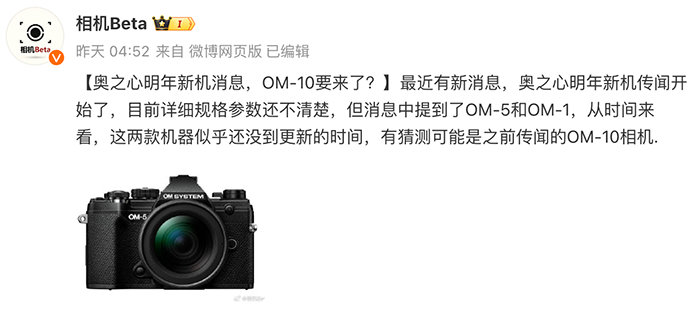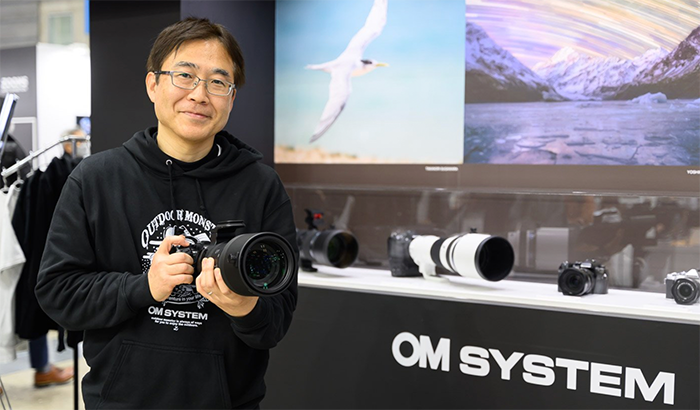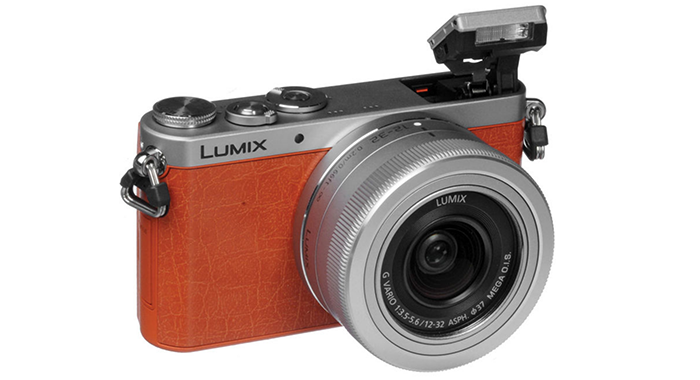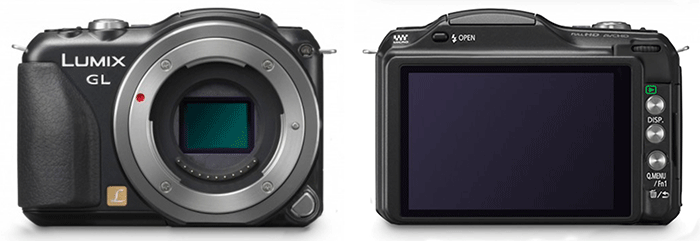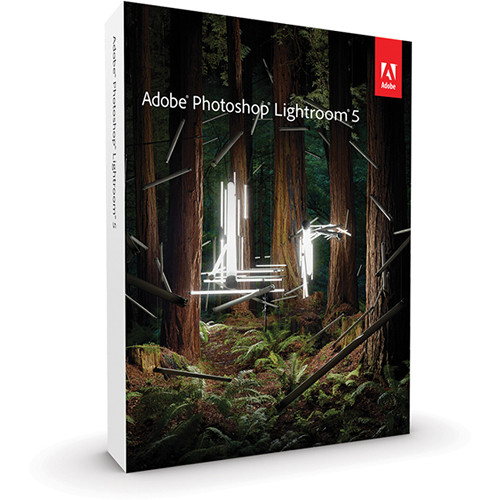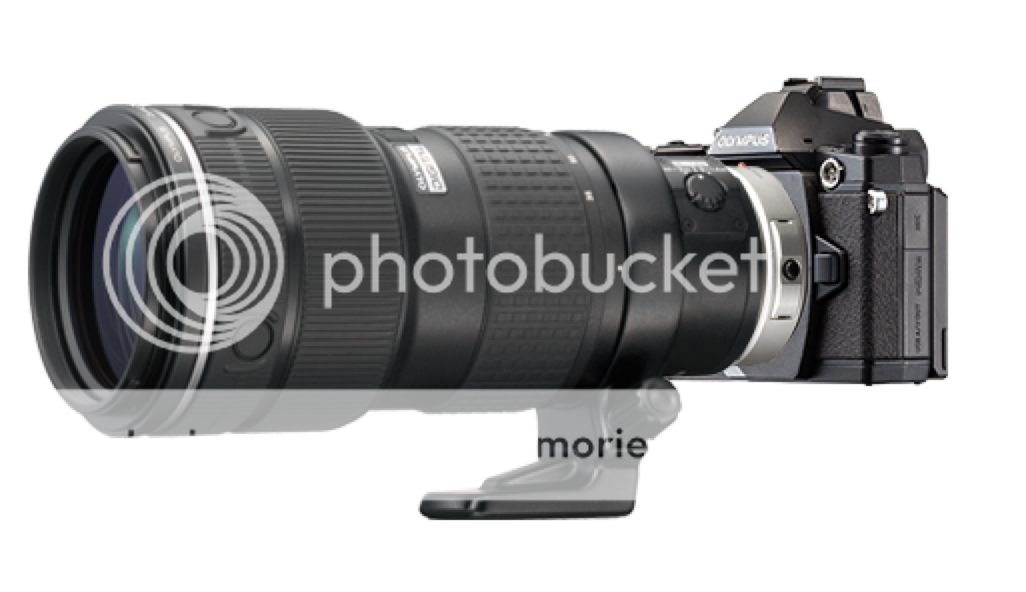
Olympus 60mm f/4 ISO 200 (Image courtesy: Eugene Kitsios)
——
Eugene Kitsios sent me that great article about macro photography. All 43rumors reader are welcome to send me full articles at 43rumors@gmail.com. Thanks!
——
Micro four thirds and macro photography (by Eugene Kitsios)
This article is purely based on user knowledge and experiences. If there are any mistakes or whatsoever, please do correct me. I am definitely not a camera/lens expert and to be honest this is my first ‘review’ ever. I am just an (amateur) photographer who loves to spend time taking pictures and I wanted to share my experiences with the people that are interested in doing macro photography with the micro four thirds system.

Olympus 60mm f/4 ISO 200 (Image courtesy: Eugene Kitsios)
Introduction and why I love the micro four thirds system for macro photography
Before I dove into the micro four thirds world I was a happy owner of an Olympus E-5. When I switched systems I did not sell all of my native four thirds lenses, but kept three. This included one special lens, the Sigma 150mm f2.8 macro.
I think micro four thirds is a wonderful system for macro photography. One ‘con’ that is often given to this system is the fact that you can’t get the same shallow depth of field (DoF) as with a full frame camera. However to me, especially for macro photography, this is a real benefit and I will explain why. For macro photography working distance is usually really close so this will automatically result in a shallow depth of field. When using an aperture of f2.8 with a micro four thirds camera you will get the equivalent depth of field as an f5.6 lens on a full frame camera, but the speed stays the same (f2.8). Since you already have quite a shallow depth of field (because of the close working distance), I find it to be really handy to have the speed of an f2.8 lens but less shallow DoF as compared to a full frame camera. For example, this means that in addition to the eyes of that particular dragonfly or that particular ant, also the mouth will be (partly) in focus, depending of course on the focus distance you are using.
Furthermore, since micro four thirds cameras have a crop factor of 2x you can get your subject quite largely into the frame or you don’t have to approach it too closely (e.g. butterflies that might fly away).

Olympus 60mm f/4 ISO 200 (Image courtesy: Eugene Kitsios)
The lenses
There are currently three native micro four thirds lenses that are designed for macro use. Also there are macro lenses from the four thirds system, which can be used on a micro four thirds camera via an adapter. The downside of using a four thirds lens on a micro four thirds camera is slower autofocus. However, for macro photography I tend to use manual focus a lot so for me this is not a problem at all and with the upcoming EM-1 autofocus should be working great again.
For people looking for a macro lens for their micro four thirds camera I thought it would be handy to have a small list of the available choices. Of course there are more options if you count in all the lenses of other brands that can be used via an adapter, but this list includes only native (micro) four thirds lenses.
Micro four thirds:
– Olympus 60mm f2.8 (Store links: [shopcountry 33616])
– Panasonic Leica 45mm f2.8 (Store links: [shopcountry 14794])
– Yasuhara Nanoha X5 (Store links: [shopcountry 41837])
Four thirds:
– Olympus 35mm f3.5 (Store links: [shopcountry 41838])
– Olympus 50mm f2.0 (Store links: [shopcountry 41841])
– Sigma 18-50mm f2.8 (Store links: [shopcountry 41839])
– Sigma 105mm f2.8 (Store links: [shopcountry 41840])
– Sigma 150mm f2.8 (Store links: [shopcountry 41842])
I personally own the Olympus 60mm f2.8 and the Sigma 150mm f2.8. Both of these lenses have great image quality. The Olympus I use mainly for small insects which can be approached from a close distance and the Sigma I use mainly for larger insects which might fly away (like butterflies or dragonflies).

Sigma 150mm f/5.6 ISO 400 (Image courtesy: Eugene Kitsios)
Olympus OM-D EM-5
The Olympus OM-D EM-5 is the first OM-D camera from Olympus, released in 2012. In this part I will discuss its handy features and give some general tips when using this camera for macro work.
For macro photography generally a tripod is used. However, there are some times when you can’t use a tripod because for example an insect is positioned in an awkward way or you just don’t have time to set up the tripod. This is where the image stabilization system shines. Olympus has designed an amazing 5-axis image stabilization. I think this is the best feature of this camera, at least for macro work. Not only does it counter shaky hands but it has one more really handy feature. In the menu you can turn on something called halfway release image stabilisation. What this does is that it activates the image stabilisation when you press the shutter halfway and therefore stabilizes the camera before you take the image. This is really handy, since it makes focussing a lot easier. When you are done with focussing, just press the shutter fully and voila you end up with a sharp image.
Another feature that is great for macro photography is the ability to enlarge an area on the screen. Olympus gives the option to enlarge a particular part of the image to 5x, 7x, 10x or 14x. This makes manually focussing a lot easier since you can really nail down the focus. One feature however that would be handy to have is the ability to use focus peaking. There is a way of getting a suchlike mode on the OM-D which I would refer to Google to anybody interested in this. Again, the upcoming EM-1 will have focus peaking.
Olympus has put a 16 megapixel Sony sensor in the OM-D. In previous 12 megapixel sensors noise was a problem at higher ISO values. However things changed with the arrival of this sensor. Not only does it have more megapixels, but noise is also controlled better for. I would have no hesitation in using ISO 800. Even ISO 1600 looks really good and ISO 3200 is still pretty usable. Put this sensor in the weatherproof body of the OM-D, put on a weatherproof lens like the 60mm and you’re ready to go.
Not to forget is a feature all micro four thirds cameras share: size! I just wrote down that I think that the image stabilization is the best feature for macro work but this comes really, and then I mean really close. I remember doing macro photography with my E-5. When I did not use a tripod, after a while my hands really started shaking when trying to focus the image correctly. Now when I use my OM-D with the 60mm I don’t have this problem anymore, which is not strange considering that this combination is less than half the weight of the E-5 with a macro lens attached.

Sigma 150mm f/4 ISO 400 (Image courtesy: Eugene Kitsios)
Results
I attached some of my macro work to give an idea what the OM-D is capable of. These images have only had minor post processing. Mostly what I do is add a bit of contrast and apply a bit of sharpening when needed. When not using a tripod, I always have the image stabilisation turned on and use the magnify function to double check the focus.

Sigma 150mm f/5.6 ISO 400 (Image courtesy: Eugene Kitsios)
Conclusion
I love my OM-D. For me it performs wonderfully for macro photography. If somebody would give me the option to change my OM-D macro gear to full frame macro gear for free, I would not do it. That is how much I love it. The small size and weight, the image stabilisation, the weatherproof body, the sensor, it’s just the whole package.
I hope this article will help anyone thinking of doing macro photography with the OM-D or even people that are thinking of joining the micro four thirds system. I am sure I will enjoy lots and lots of more time using my OM-D in the insect world and I hope you will do too.
—
43rumors note: Many Thanks to Eugene for that very well written article!
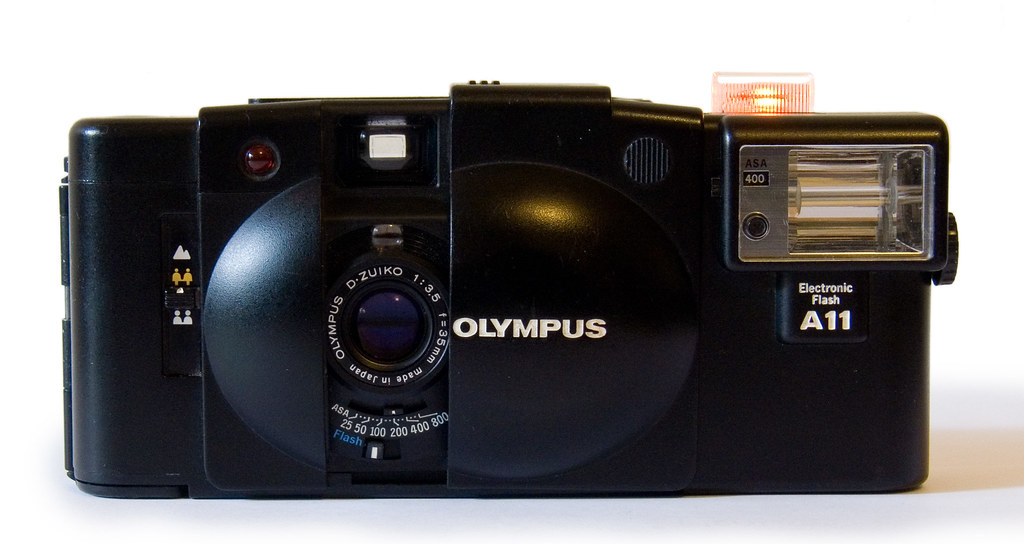 [/shoplink]
[/shoplink]
